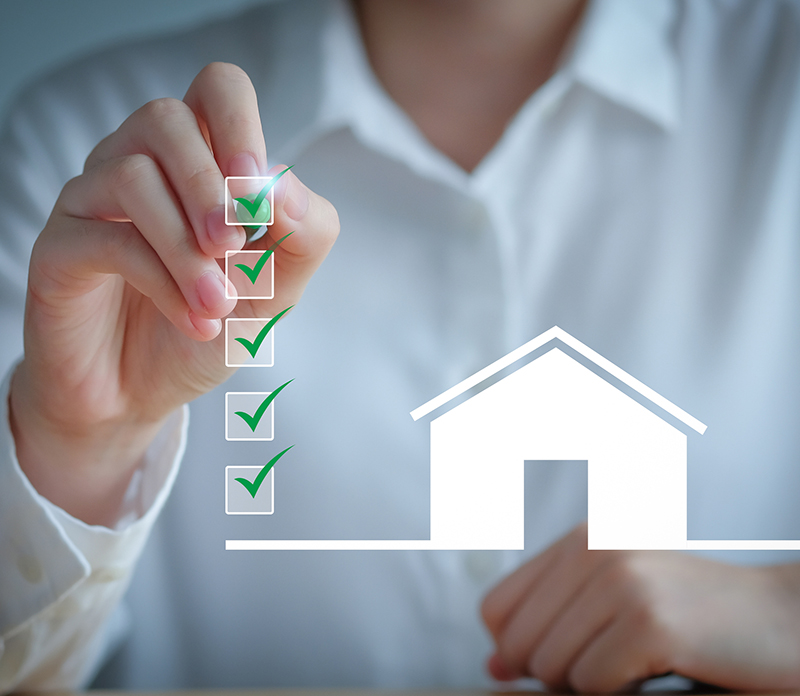Real Estate Tax Credits and Grants
Historic Rehabilitation Qualified and Non-Qualified Expenses
Expenses that qualify for the rehabilitation tax credit:
“Hard costs” of a historic rehabilitation tax credit project that are generally eligible:
- Ceilings
- Chimneys
- Components of central air conditioning or heating systems
- Electrical wiring and lighting fixtures
- Elevators
- Floors
- Partitions
- Plumbing and plumbing fixtures
- Stairs
- Sprinkler systems and fire escapes
- Walls
- Windows and doors
“Soft costs” of a historic rehabilitation tax credit project that are generally eligible:
- Architect fees
- Construction management costs
- Construction period interest
- Construction period real estate taxes
- Developer fees
- Engineering fees
- Historic tax credit application fees
Costs of a historic rehabilitation tax credit project that are generally NOT eligible:
- Acquisition costs including: building and land
- Appliances
- Blinds and window treatments
- Cabinets (non-custom)
- Carpeting (if tacked in place and not glued)
- Decking, porches and porticos (not part of original building)
- Demolition costs
- Enlargements and new construction costs
- Fencing
- Feasibility studies
- Financing fees
- Furniture
- Landscaping and planters
- Leasing Expenses
- Moving costs
- Outdoor lighting remote from building
- Parking lot
- Paving
- Retaining walls
- Sidewalks
- Signage
- Sitework and storm sewer construction costs
Links to additional information:
Commonwealth of Virginia regulations: http://www.dhr.virginia.gov/pdf_files/Final%20Regs.pdf
National Park Service: https://www.nps.gov/tps/tax-incentives/before-apply/qualified-expenses.htm
Internal Revenue Service (page 10): http://www.irs.gov/pub/irs-utl/faqrehab.pdf

